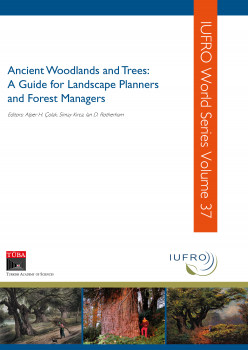Ancient Rights in Ancient Forests

Ancient Rights in Ancient Forests
The ancient forests of Europe are recognised as making significant contributions to biodiversity, landscape, recreation, tourism, climate, flood control, and other ecological services alongside their value for timber. Such forests are often the product of centuries or millennia of multi-purpose exploitation, shared by communities through the exercise of common use-rights. A comprehension of historic use adds a social dimension to the cultural importance placed on such forests, and provides the context of management which has generated the biodiversity and environmental features valued today, which modern conservation effort may need to emulate. The hunting forests, through their resistance to change until modern times, exemplify a situation appertaining throughout much of European history, with local settlements deriving their basic needs from a complex mixture of shared and exclusive resources. Early societies established rules or laws which governed the ability to extract such goods, hence ascribing (and limiting) the notion of defendable ‘rights’. The significance of different commodities (e.g. the relative importance of pastoral, hunted or harvested goods), and the proportion of shared and exclusive resources, fluctuated through time. Tensions would arise within and between communities, when the exercise of certain rights affected the entitlements and interests of others. However, the commons and shared use-rights remained an enduring feature of the hunting forests for more than half a millennium. This chapter examines how hereditary use helped shape the royal hunting forests, drawing especially on examples taken from the Forest of Savernake in central southern England. It also makes comparisons with the New Forest, near the southern English coast, one of the few surviving examples of the royal forests.
